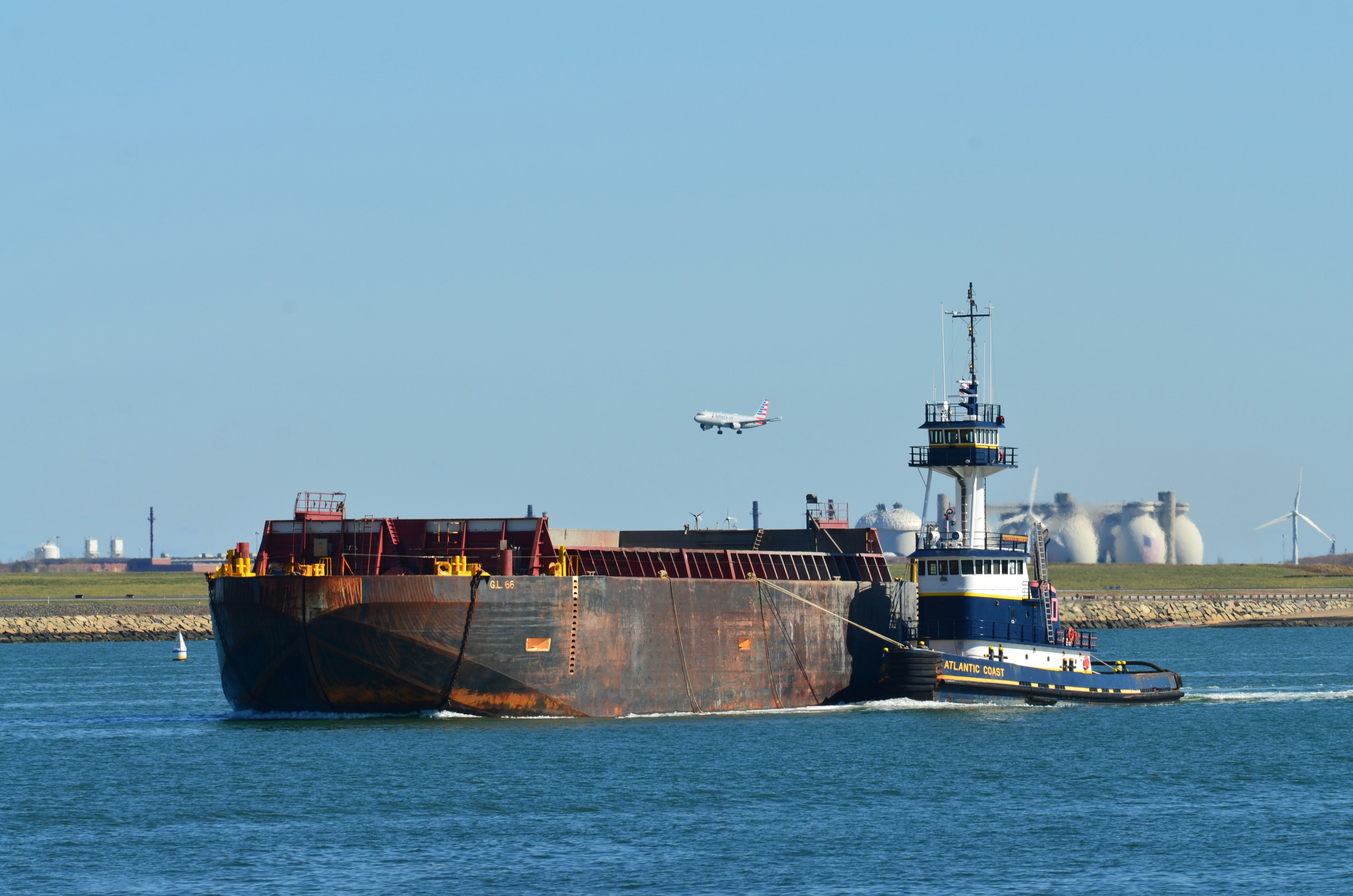
Shipping is a cornerstone of global trade, and choosing the right freight method can make or break your logistics strategy. When it comes to international shipping, businesses often face a key decision: sea freight or air freight? This article explores both options, comparing cost, speed, environmental impact, and use cases—especially within the South Asian region.
Sea freight is significantly more cost-effective for large volumes or heavy goods. One container can carry multiple tons of cargo, reducing the cost per unit. This makes it ideal for bulk shipments or non-urgent goods.
Air freight is much more expensive but provides value through speed and reduced storage costs. For smaller shipments, the higher per-kilogram cost may be justified if quick delivery results in faster revenue turnover.
Air freight is the clear winner when speed is the priority. International air shipments typically take 1–5 days, whereas sea freight can take several weeks, depending on the route.
For industries such as fashion, electronics, or pharmaceuticals—where timing is critical—air freight ensures product availability, customer satisfaction, and reduced lead times.
While slower, sea freight emits far less CO2 per ton-mile than air freight. For businesses with sustainability goals, this mode aligns better with ESG commitments.
Air cargo emits 47 times more CO2 per ton-kilometer than sea freight. For carbon-conscious companies, this makes air freight a less attractive option unless emissions can be offset.
Perishables such as flowers, seafood, and some pharmaceuticals require fast, temperature-controlled transit. Air freight is essential in such cases to prevent spoilage.
Electronics, luxury goods, and urgent documents are best shipped via air for both security and speed.
Sri Lanka’s strategic location and growing e-commerce market make both freight types relevant. Many exporters rely on sea freight for tea, garments, and rubber products. However, air freight is commonly used for gems, spices, and B2C e-commerce shipments that require fast delivery.
Choosing between sea and air freight depends on your business priorities—cost, speed, environmental impact, and product type. A hybrid approach, leveraging both modes depending on shipment requirements, often delivers the best results.